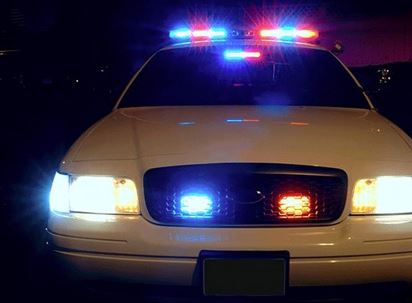By Kevin L. Vaughn
As a driving instructor, I have watched many video crash footage and car chases for the past ten years. It pains me to see that in nearly every high-speed commute to a crime scene or high-speed car chase, there is a genuine lack of empathy, compassion, and respect by the general driving public. What happened to the lessons ingrained in our heads in Driver’s Education? It was a straightforward rule that whenever a lighted law enforcement vehicle, fire vehicle, or ambulance approached us from the rear, we would move over and stop, allowing them to pass.
The drivers of First Responder vehicles are putting their lives on the line for someone at that exact moment. Yet, a large percentage of the general public simply “lollygag” in their merry way or disregards the purpose of these vehicles. In many car chases, law enforcement has to pass in the median grass area or lane split to get around drivers seemingly glued to the high-speed lane. What is not understood here is the meaning of the lights, the meaning of a siren, or the purpose of these drivers.
Let us stop and take a deep dive into the color of the emergency lights on such vehicles. These are not decorative; they have a purpose! Police cars use a variety of colored lights to indicate different things, including:
- Red indicates an emergency and that people should be alert. Based on the state, an emergency vehicle with red flashing lights could assist a disabled driver, support mowers, or maintain roadways.
- Blue indicates the presence of law enforcement. Blue lights are eye-catching and can be seen from a long distance, even in all directions.
- White is often used at night to improve visibility. Emergency vehicles typically have flashing headlights to further draw attention.
- Yellow tells drivers to slow down and proceed cautiously, mainly if an accident occurs.
- Amber can also mean “caution.” State statutes require that the amber lights on police cruisers face backward.
Police may also use a combination of lights, such as blue flashing lights with a siren. Sometimes, officers may use their emergency lights without the siren, especially when responding to calls where the officer’s arrival could compromise victim safety or evidence preservation.
But here is the big one: a combination of red and blue lights is also included for people who may have trouble distinguishing specific colors, as people with color blindness can usually see either red or blue. The contrast between the two colors makes it easy to identify a police car from a distance. That way no one can use the excuse that “I did not pull over because I couldn’t see the red lights coming up behind me because I am colorblind!”
When an emergency responder is coming up behind you at a high rate of speed, and you are not the target, they don’t have time to slow up and convince you that they need clearance to pass. The onus is on the general public to give way and not impede or slow the mission an emergency vehicle is attending to.
Make it simple and easy for them to do their job, as the life they are attempting to help save may be yours.
Jacks Up!…. see you down the road.

